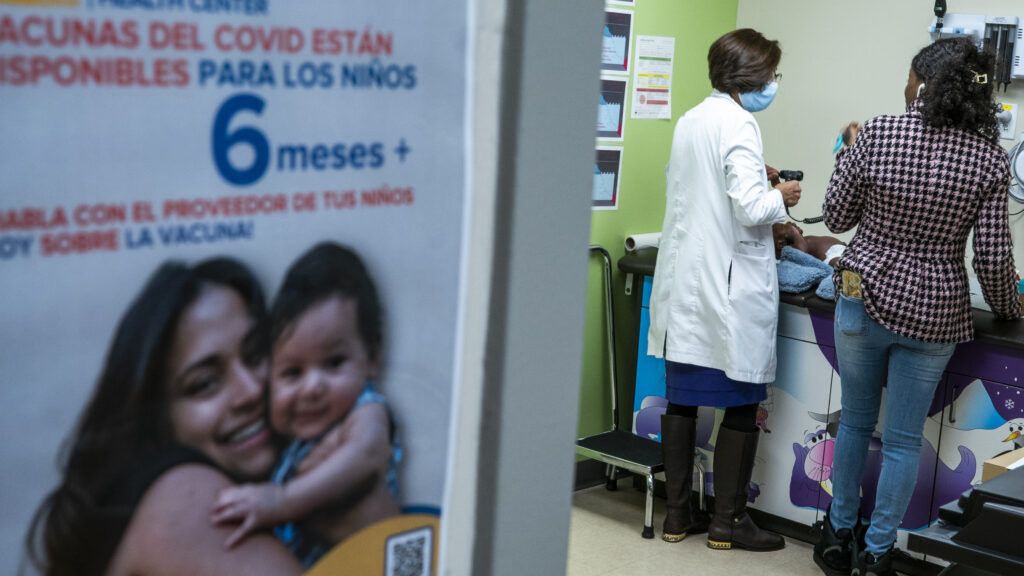It’s been a year since states began the process of Medicaid redetermination, going through their Medicaid rolls that had been frozen through the Covid-19 emergency period. According to data from KFF, about 21% of the people who were enrolled prior to the redetermination, or close to 20 million, lost coverage, while 45%, or 42 million, were confirmed. For the remaining 31 million people, renewal of coverage is still pending.
Beyond the impact on individual patients, the redetermination had a sizable impact on community health centers, which serve about 15% of all Medicaid patients. New data shared by the National Association of Community Health Centers (NACHC), which surveyed about 200 community centers around the country, serving an average 22,000 patients, show that centers, on average, lost 23% of their Medicaid patients due to redetermination, leading to substantial loss of revenue — an average of $600,000 per health center.
advertisement
The CHC patient base overwhelmingly consists of people at 200% or less of the federal poverty line, said Vacheria Keys, the NACHC’s vice president of policy. Medicaid enrollees make about 40% of the patients at these federally qualified centers, whose mission is to meet the health care needs of patients regardless of their ability to pay.
Much like disenrollment over the past year ranged widely depending on the state — from nearly 60% of Medicaid patients losing coverage in Utah, to 12% in Maine — so does the impact on community health centers. The largest losses were felt by community centers in Colorado, Florida, Washington, and Texas — both at individual centers and cumulatively across the states.
About a quarter of the centers surveyed by the NACHC reported no losses, while the maximum loss was $20 million. More than 20 centers saw losses above $1 million.
advertisement
In most cases (77%), health centers were able to avoid cutting services to patients or personnel as a result of a loss of revenue. Among those forced to make cuts, 12% reduced staff, 11% services they offer, and 9% reduced appointment availability. Centers do not turn away people and continue to provide basic care. But any loss in patient coverage means they must shoulder the cost of treating more patients who are now uninsured, and makes it harder for centers to provide additional services such as mental health support, or dental care.
So far, losses of coverage following redetermination have surpassed predictions. This is in part due to the fact that many people, including children, have been kicked off the lists for procedural reasons — for instance, lack of appropriate paperwork submission.
Beyond loss of coverage, the administrative costs of helping patients understand their eligibility status is an essential community health center service, said Keys, though one that often came without significant compensation, as it cannot be billed as a medical service. “We’re getting patients who’ve never been at the health center coming to us to talk about their Medicaid coverage and what their options are. There is a big increase in outreach and enrollment costs,” she said. According to the survey data, centers spent an average of 1,600 extra work hours over the past year dealing with eligibility support.
This was the case even for centers in North Carolina, which expanded its Medicaid eligibility in December 2023. The state was among the ones with a larger percentage of people disenrolled from Medicaid until the expansion kicked in. But CHCs had engaged in a lot of outreach and administrative support to help patients with enrollment problems, said Erica Powell, the director of practice operation at Roanoke Chowan Community Health Center in northeast North Carolina.

